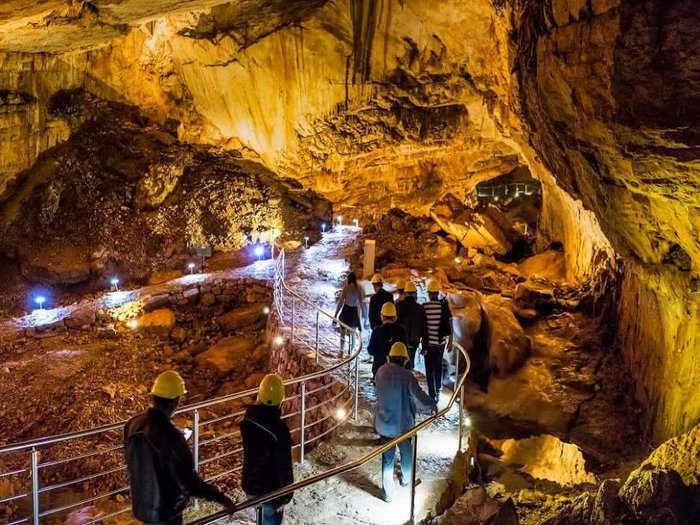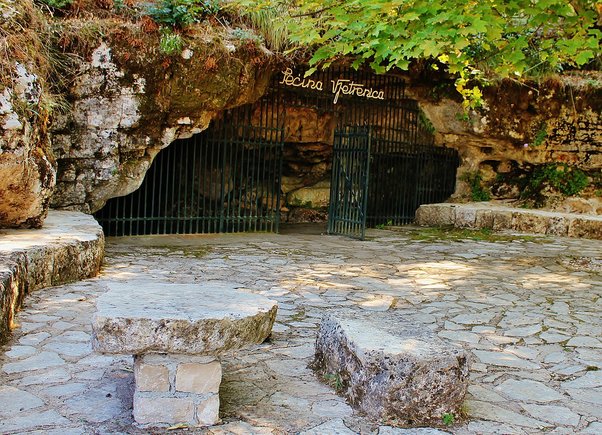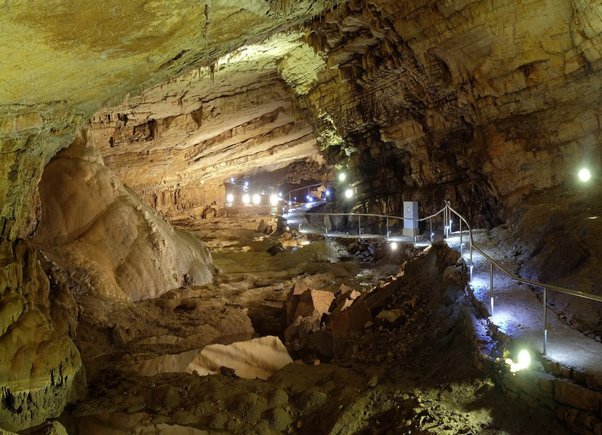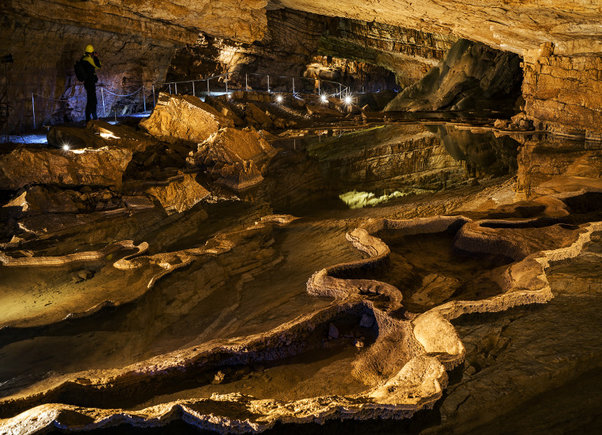HERZEGOVINIAN PEARL-KRAVICA WATERFALL
10 km from Medjugorje
place Studenci, municipality Ljubuški
place Studenci, municipality Ljubuški
With a width of 120 meters and a height of 25 meters, Kravica is one of the largest and certainly the most impressive waterfall in Bosnia and Herzegovina.
This is a favorite local swimming and picnic area.
This is a favorite local swimming and picnic area.
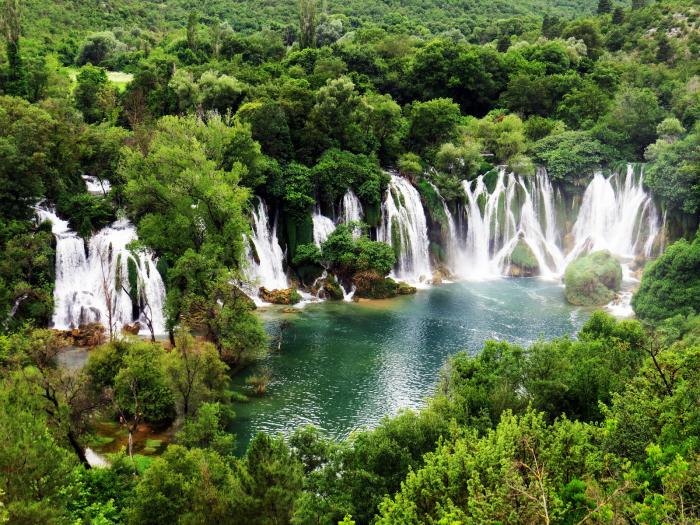
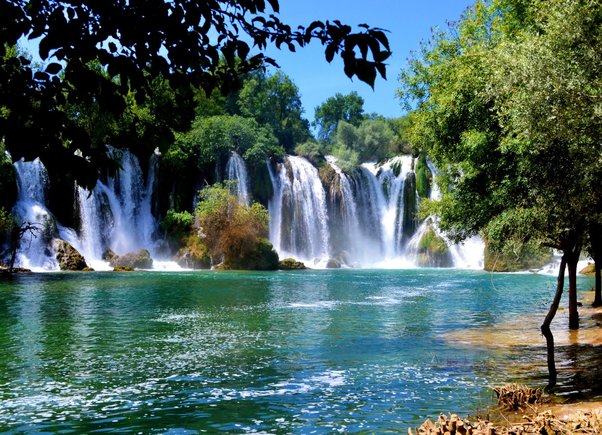
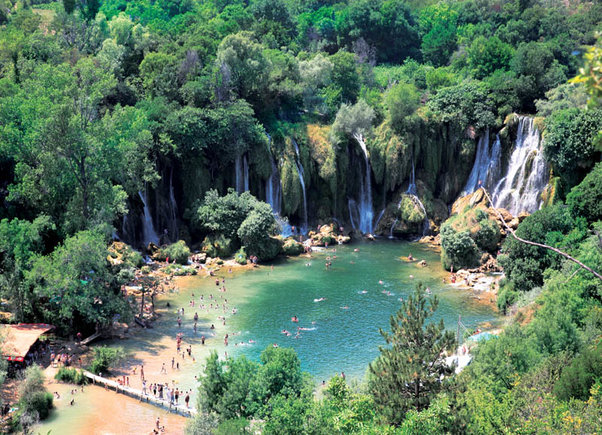

NATURE PARK-HUTOVO BLATO
22 km from Medjugorje
municipality Čapljina
municipality Čapljina
Nature park Hutovo blato is one the richest wetland birds habitat in Southern-East Europe.
Every winter around 200 bird species hibernate in the wetland habitats within the Park. There are 61 water sources permanently or occasionally active in the Park.
The Park consists of 6 lakes interconnected by channels and ravines.
The park organizes tours and visits of lakes and canals with motor boats as well as canoes for bird watching.
Every winter around 200 bird species hibernate in the wetland habitats within the Park. There are 61 water sources permanently or occasionally active in the Park.
The Park consists of 6 lakes interconnected by channels and ravines.
The park organizes tours and visits of lakes and canals with motor boats as well as canoes for bird watching.
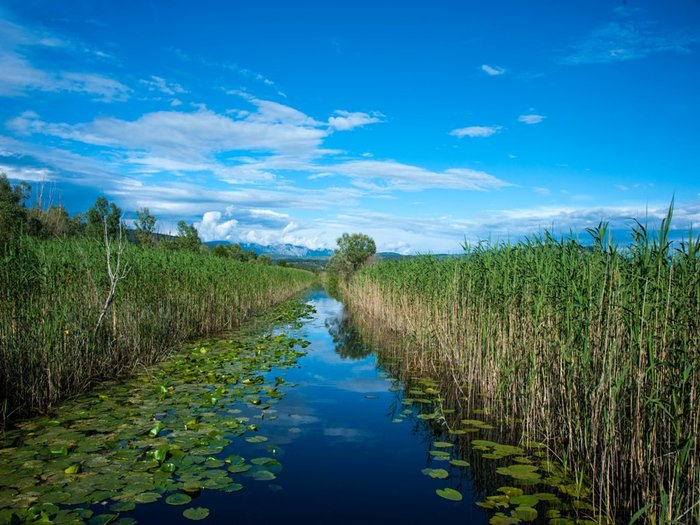
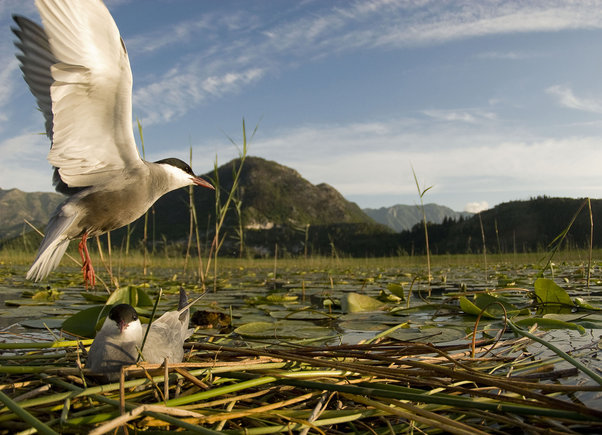
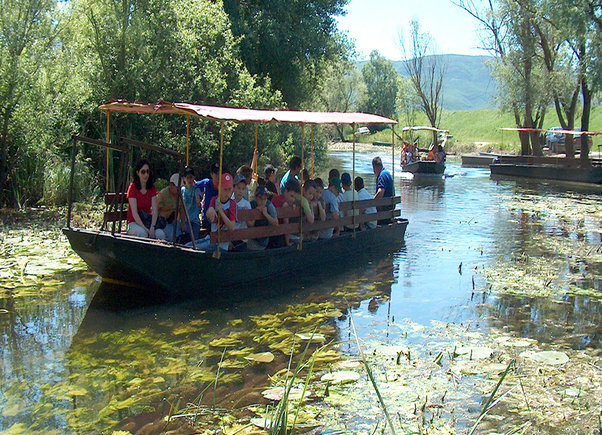
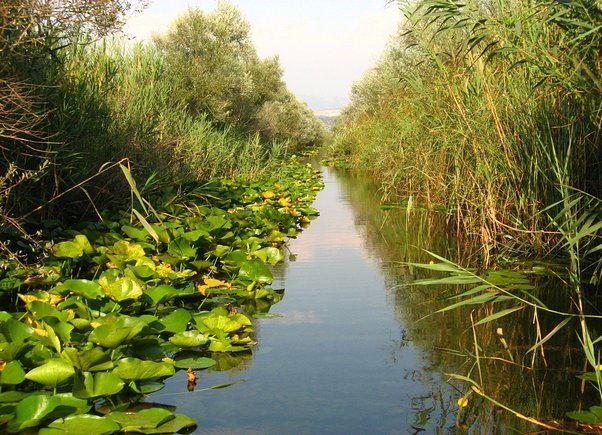
ROMAN VILLA RUSTICA-MOGORJELO
15 km from Medjugorje
municipality Čapljina
municipality Čapljina
The unique archaeological monument from Roman times (4th century), well-preserved ancient Roman villa rustica-Mogorjelo, is one of the most beautiful examples of late ancient architecture in the whole of Bosnia and Herzegovina.
Inside the building were rooms for workers, pantries, five tanks for oil buried in the ground, four or five drainage channels for waste.
Inside the building were rooms for workers, pantries, five tanks for oil buried in the ground, four or five drainage channels for waste.

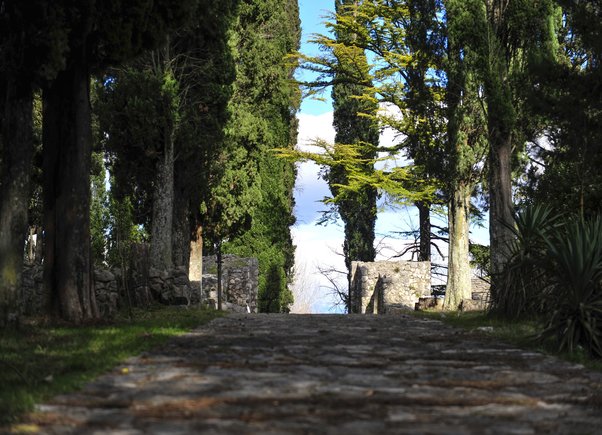
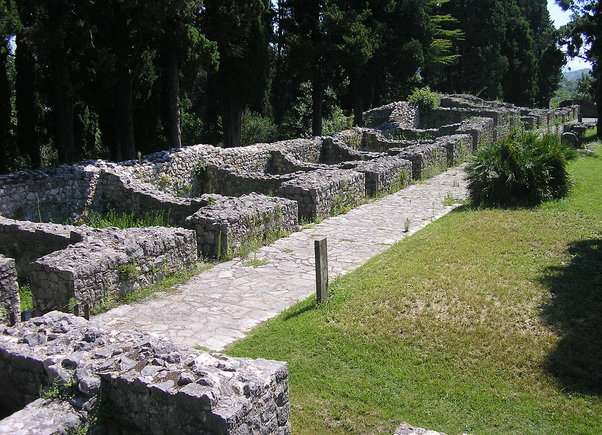
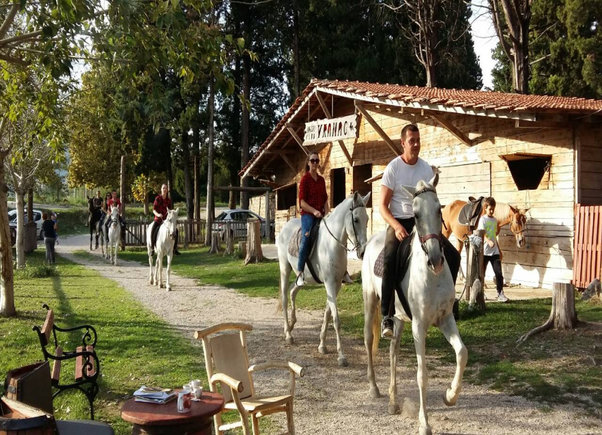
FORTRESS ON THE HILL-HERCEG STJEPAN'S FORT
10 km from Medjugorje
municipality Ljubuški
municipality Ljubuški
In the Middle Ages, above the city of Ljubuški, on hilltop Buturovica was built a fort, which is usually ascribed to Herceg Stjepan, even though it is older.
When the city fell into Turkish hands the fort had been converted into a military fortification, with all supporting facilities: granary, water reservoir, prison, commander's apartment and settlements for the army garrison nearby.
At the beginning of the 19th century castle lost its military importance and soon began to deteriorate.
When the city fell into Turkish hands the fort had been converted into a military fortification, with all supporting facilities: granary, water reservoir, prison, commander's apartment and settlements for the army garrison nearby.
At the beginning of the 19th century castle lost its military importance and soon began to deteriorate.
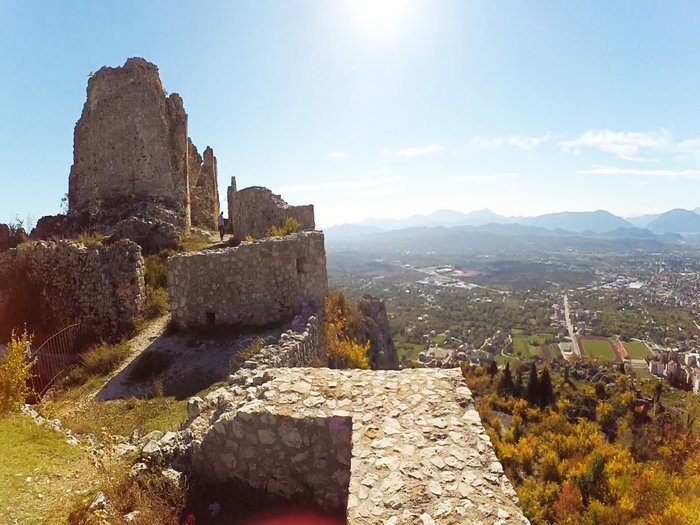

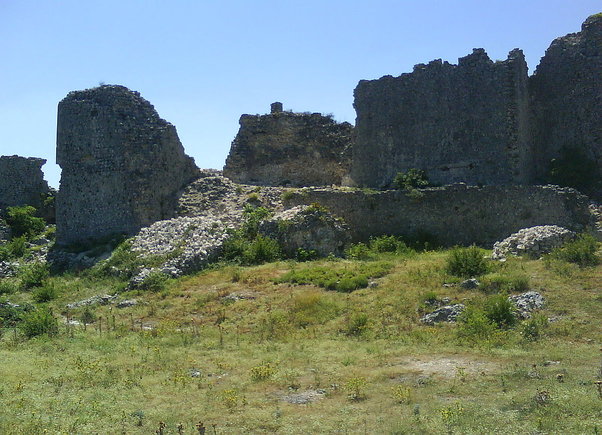
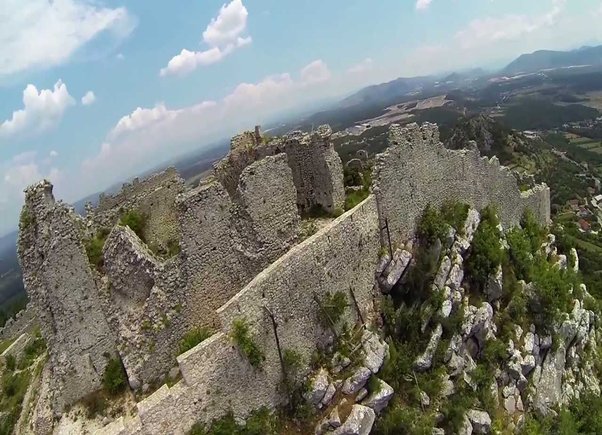
RIVER WITH NINE NAMES-TREBIŽAT
10 km from Medjugorje
municipality Ljubuški
municipality Ljubuški
The magnificent Trebižat River reflects natural beauty and richness of Herzegovina. This magical river rises and plunges in karst even 9 times, under nine different names. The total length of the river from the source (Pec Mlini) to the mouth (Neretva River) is 51 km.
Trebižat River is the perfect place to relax in nature.
You can rafting in autumn and go swimming in summer.
Canoe safari is the best way to enjoy in its meandering stream with gentle rapids.
Trebižat River is the perfect place to relax in nature.
You can rafting in autumn and go swimming in summer.
Canoe safari is the best way to enjoy in its meandering stream with gentle rapids.
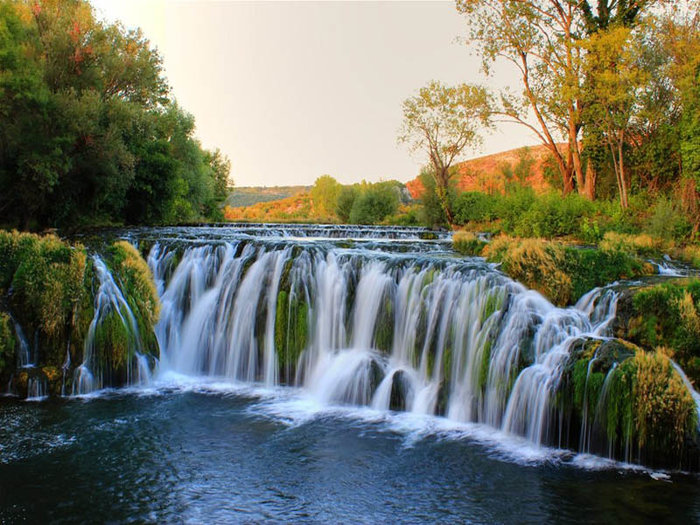
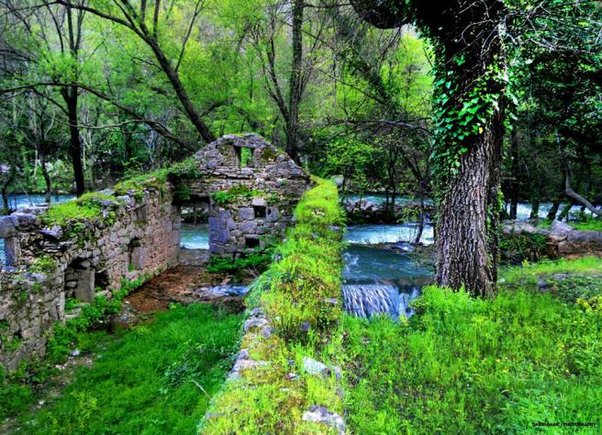
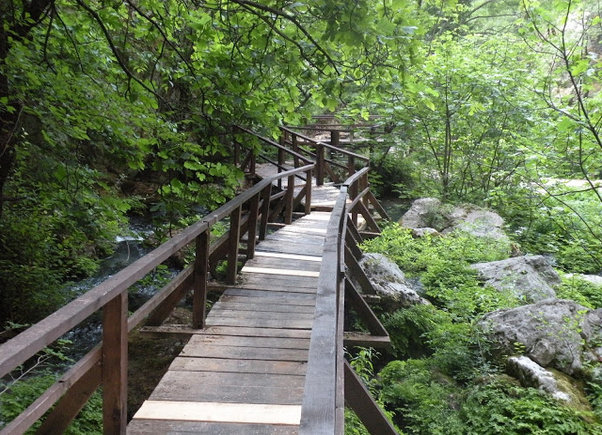
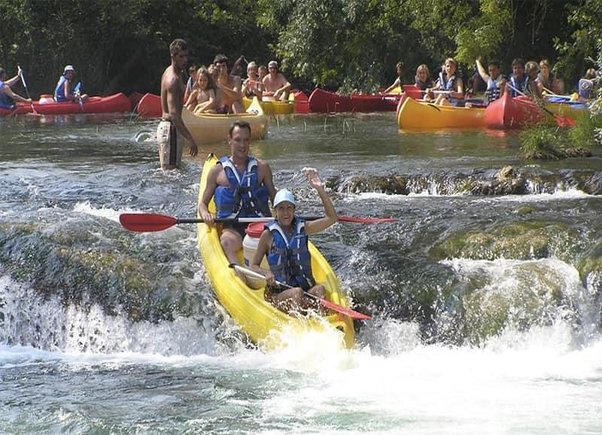
CULTURAL CENTER OF HERZEGOVINA-MOSTAR
27 km from Medjugorje
municipality Mostar
municipality Mostar
The main symbol of Mostar is the Old Bridge and the Old town which are in July 2005 included in the UNESCO world cultural heritage.
It was built during the Ottoman period by the Turkish architect Hajrudin and commissioned by the sultan Suleiman the Magnificent. It was completed after nine years’ work.
The Old Bridge connects two banks of the Neretva River and is located between two towers: tower Tara and Herceguša.
It was built during the Ottoman period by the Turkish architect Hajrudin and commissioned by the sultan Suleiman the Magnificent. It was completed after nine years’ work.
The Old Bridge connects two banks of the Neretva River and is located between two towers: tower Tara and Herceguša.
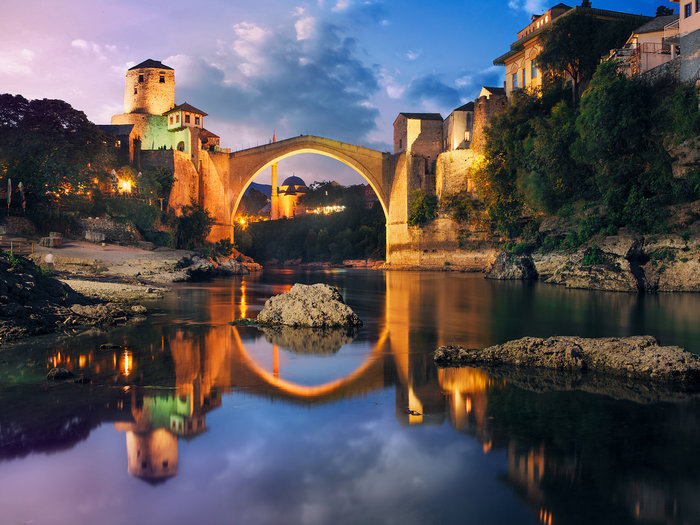
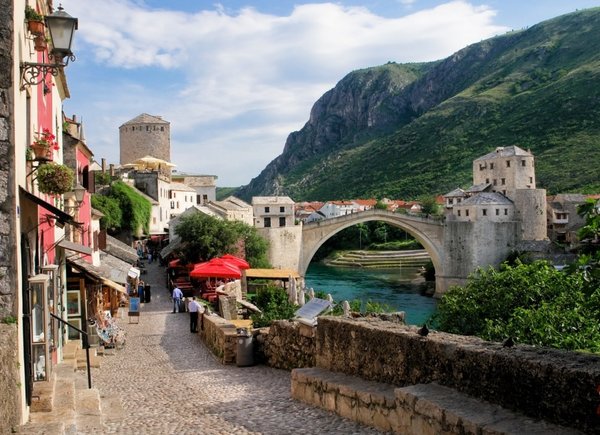
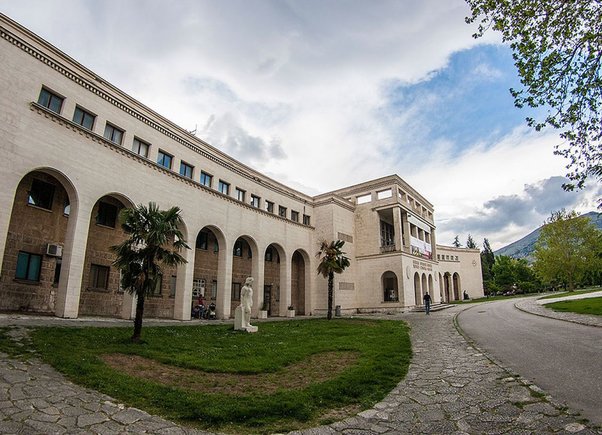

VILLAGE AT THE SPRING OF RIVER-BLAGAJ
35 km from Medjugorje
municipality Mostar
municipality Mostar
Village Blagaj is situated at the spring of the Buna river, which is the largest karst spring in Europe (Vrelo Buna).
Next to Blagaj is the famous Tekija and in the surrounding area are prehistoric site Green cave (Zelena pećina), fish farm, restaurants and castle dating from the 15th century. Many buildings in this resort have been declared national monuments of Bosnia and Herzegovina.
Next to Blagaj is the famous Tekija and in the surrounding area are prehistoric site Green cave (Zelena pećina), fish farm, restaurants and castle dating from the 15th century. Many buildings in this resort have been declared national monuments of Bosnia and Herzegovina.
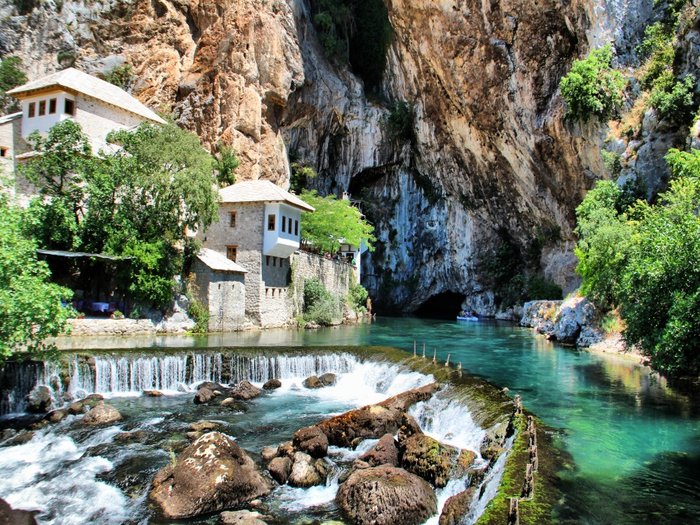
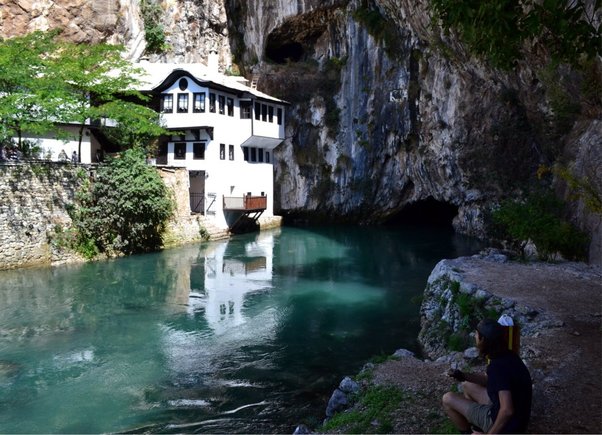
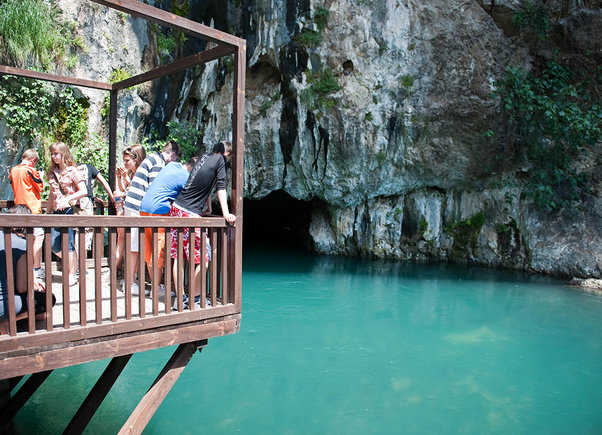
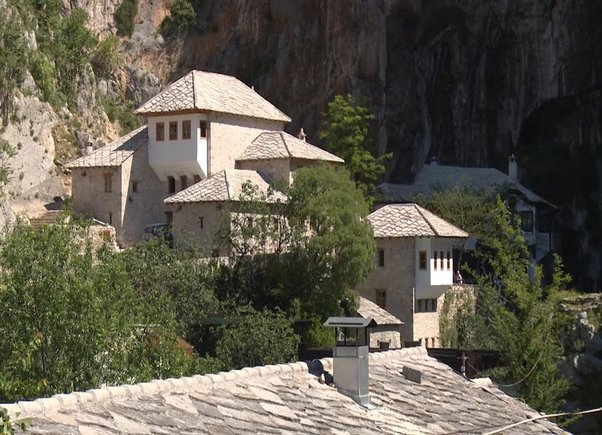
OLD TOWN-POČITELJ
18 km from Medjugorje
municipality Čapljina
municipality Čapljina
The historic urban center and still inhabited Počitelj dates back to the 14th century and it is assumed that the builder of the fortified town and founder of suburban settlements was Bosnian king Tvrtko I Kotromanić.
The town housed a Hungarian garrison and was fortified into a strategic stronghold. In 1471, after five years of resistance, the city was conquered by the Ottomans and got its oriental flair.
The town housed a Hungarian garrison and was fortified into a strategic stronghold. In 1471, after five years of resistance, the city was conquered by the Ottomans and got its oriental flair.
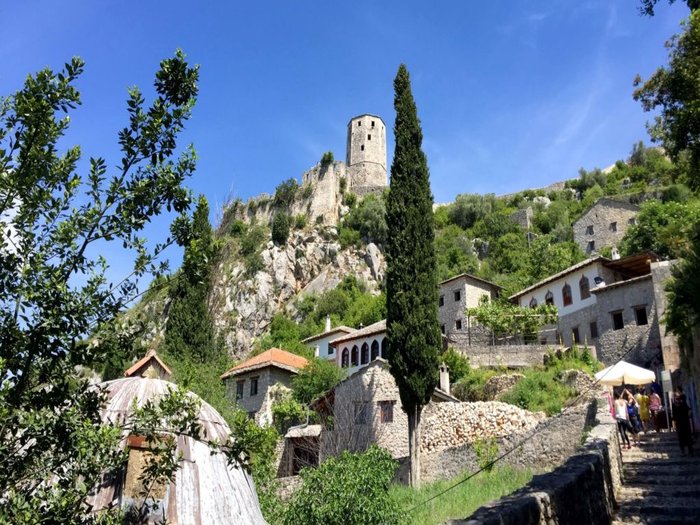
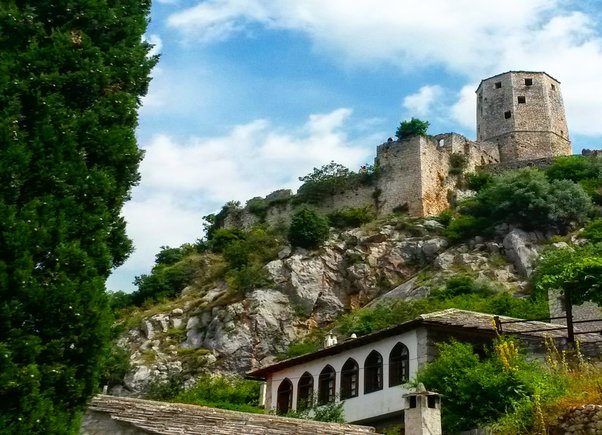
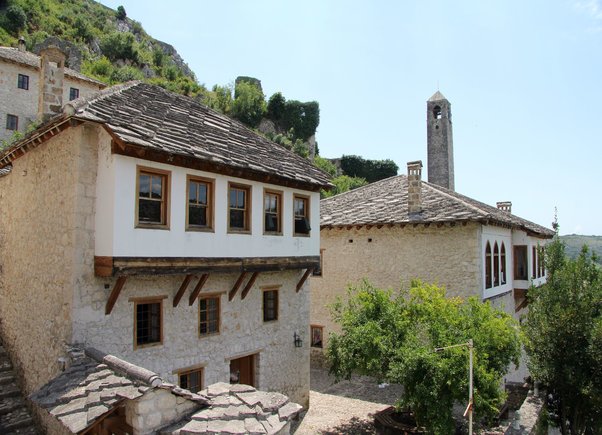
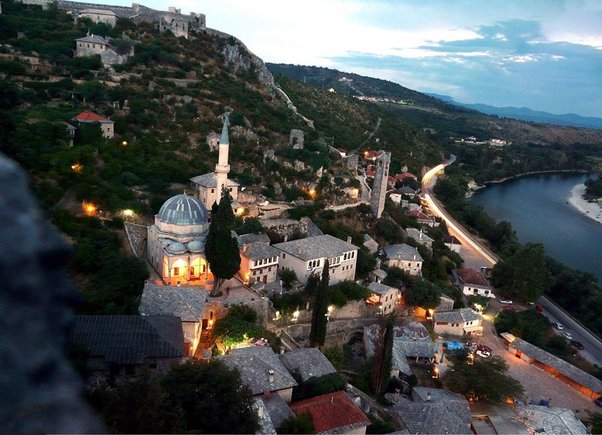
NECROPOLIS-RADIMLJA
40 km from Medjugorje
place Vidovo polje, municipality Stolac
place Vidovo polje, municipality Stolac
Radimlja necropolis is one of the most valuable monuments of the medieval period in Bosnia and Herzegovina because of the large number of headstones, their diversity and inscriptions that mention the famous historical figures.
The necropolis was most likely formed at the end of the 14th century, when three large box-shaped tombstones were created. The majority of its stećak tombstones date from the 15th and 16th centuries, as evidenced by the epitaph on one of the tombstones:
"Under the tombstone lies Radoje, brother of Duke Petar, both sons of Duke Stjepan."
The necropolis was most likely formed at the end of the 14th century, when three large box-shaped tombstones were created. The majority of its stećak tombstones date from the 15th and 16th centuries, as evidenced by the epitaph on one of the tombstones:
"Under the tombstone lies Radoje, brother of Duke Petar, both sons of Duke Stjepan."
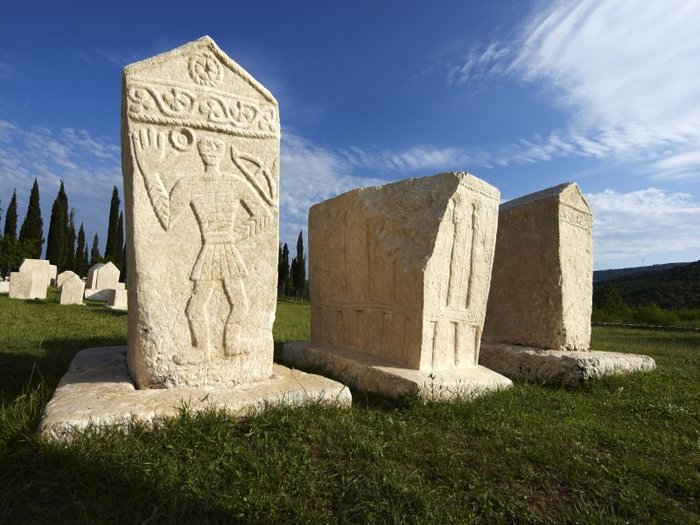
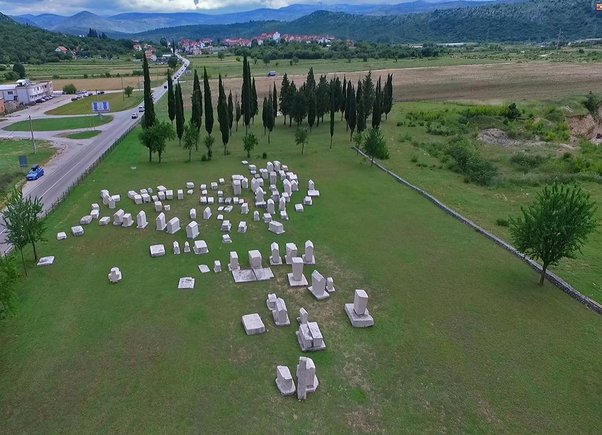
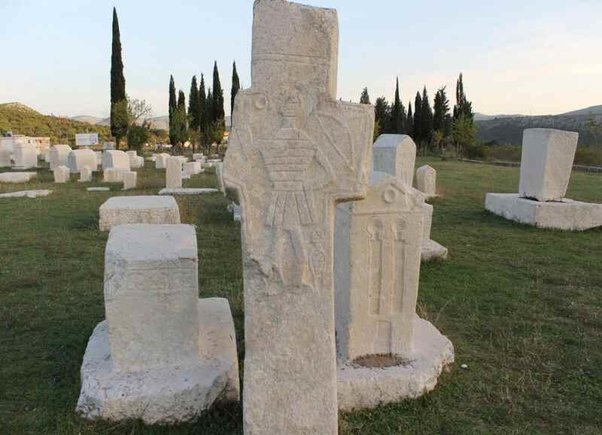
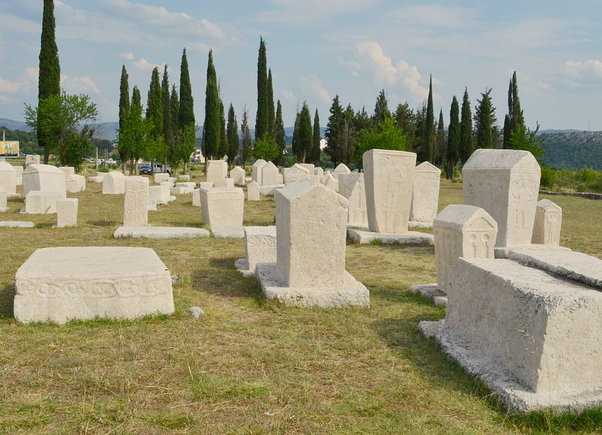
CAVE-VJETRENICA
80 km from Medjugorje
place Popovo polje, municipality Ravno
place Popovo polje, municipality Ravno
The most famous cave in Herzegovina and National Monument of Bosnia and Herzegovina is also the first cave in the world in terms of subterranean biodiversity. In the cave has been discovered, so far, around 7,000 meters of underground channels.
In Vjetrenica has recorded more than 200 different animal species, of which more than 90 animals completely adapted to life in the underground. 37 animals was first found and described in this place.
The internal temperature: of air - 11.4 °C, of water - 11.3 °C.
In Vjetrenica has recorded more than 200 different animal species, of which more than 90 animals completely adapted to life in the underground. 37 animals was first found and described in this place.
The internal temperature: of air - 11.4 °C, of water - 11.3 °C.
